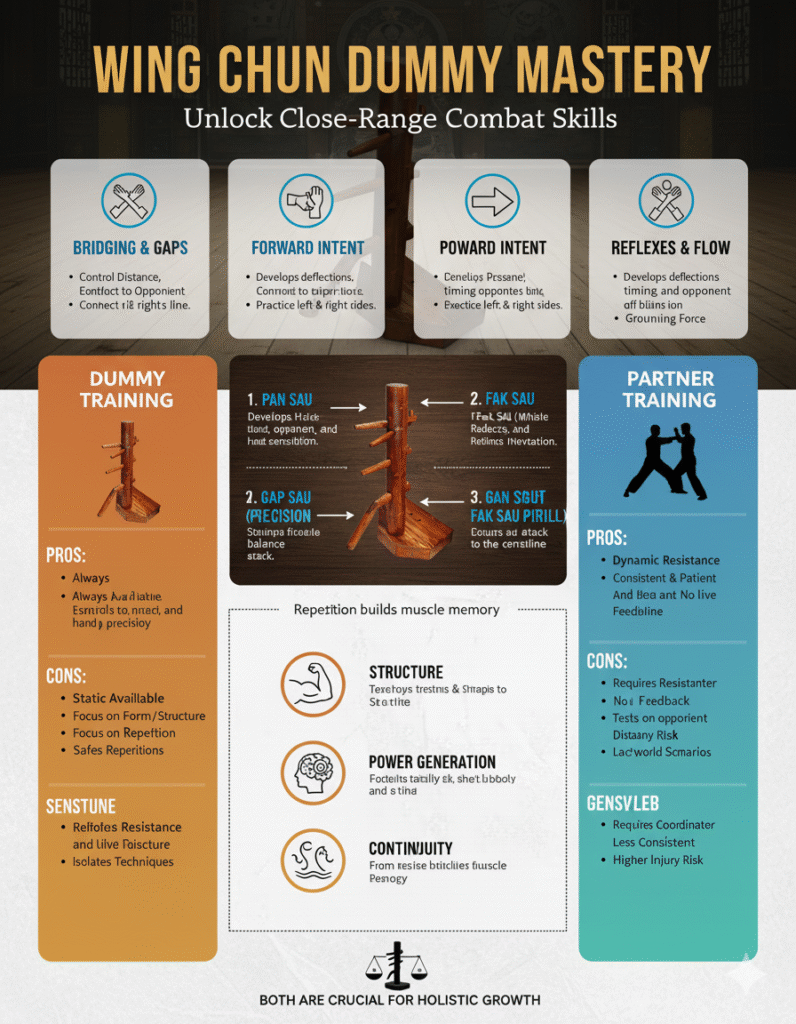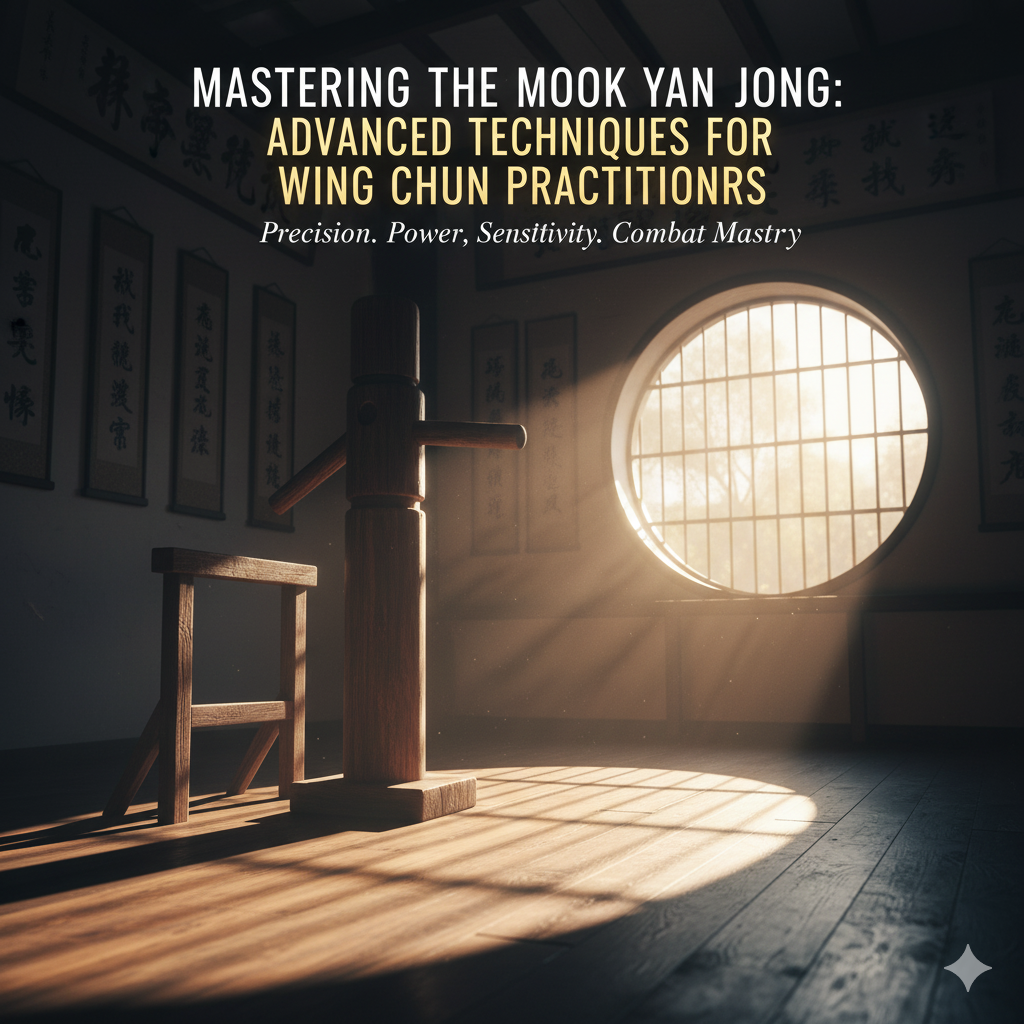Wing Chun is a traditional Chinese martial art that focuses on close-range combat and efficient striking techniques.
One of the fundamental aspects of Wing Chun is the punch, which requires precision, speed, and power.
Practicing the Wing Chun punch with a dummy can be an excellent way to improve your technique and develop your skills.
In this article, we will discuss some tips and techniques to help you effectively practice the Wing Chun punch with a dummy.
1. Proper Stance and Positioning
Before you start practicing the Wing Chun punch with dummy, it is essential to have the correct stance and positioning.
Stand in a relaxed, balanced position with your feet shoulder-width apart.
Keep your knees slightly bent and your bodyweight evenly distributed.
Position yourself at an appropriate distance from the dummy, ensuring that you can comfortably reach it with your punches.
2. Focus on Technique
When practicing the Wing Chun punch with a dummy, focus on perfecting your technique.
Start by practicing the basic punch, known as the “straight punch” or “straight blast.”
Keep your elbow close to your body and extend your arm straight towards the target.
Rotate your fist at the last moment to generate power.
Pay attention to your body alignment, wrist position, and the transfer of energy from your feet to your fist.
Use the dummy as a target to refine your technique.
Aim to hit specific areas on the dummy, such as the centerline, solar plexus, or chin.
Visualize an opponent in front of you and imagine striking those vulnerable points with precision and speed.
This mental focus will help you develop accuracy and efficiency in your punches.
3. Speed and Timing
Speed and timing are crucial in Wing Chun.
Practice your punches with a dummy at different speeds, starting with slow and controlled movements.
Focus on maintaining proper technique and form while gradually increasing your speed.
As you become more comfortable, work on executing fast and explosive punches while maintaining accuracy and control.
Timing is also essential in Wing Chun. Use the dummy to practice your timing by incorporating footwork and defensive movements.
Imagine the dummy as an opponent and simulate different attack scenarios.
Practice your punches in combination with blocks, parries, and evasive footwork.
This will help you develop the ability to read your opponent’s movements and respond effectively.
4. Power and Impact

Developing power in your punches is crucial in Wing Chun.
Use the dummy to practice generating power and impact.
Focus on transferring your bodyweight into your punches by using proper body mechanics.
Engage your core muscles and use your hips and legs to generate power.
Visualize your punches penetrating through the target, creating maximum impact.
Experiment with different striking techniques, such as chain punches, hooks, and uppercuts.
Vary the height and angle of your punches to simulate different attack scenarios.
This will help you develop versatility and adaptability in your punching techniques.
5. Consistency and Repetition
Consistency and repetition are key to mastering any martial art, including Wing Chun.
Set aside regular practice sessions dedicated to practicing the Wing Chun punch with a dummy.
Aim for at least 20-30 minutes of focused practice each day.
Start with a warm-up to prepare your body and mind for training.
Then, spend time practicing your punches with the dummy, focusing on technique, speed, timing, and power.
Break down each aspect of the punch into smaller components and work on refining each one.
Gradually increase the intensity and duration of your practice as you progress.
Remember, the more you practice, the more your muscle memory will develop, and the more natural and effective your punches will become.
Conclusion
Practicing the Wing Chun punch with a dummy is an excellent way to improve your technique, speed, power, and timing.
By focusing on proper stance, technique, speed, power, and consistency, you can enhance your Wing Chun skills and become a more proficient martial artist.
Remember to always practice with discipline, respect, and a commitment to continuous improvement.
Happy punching and training!



